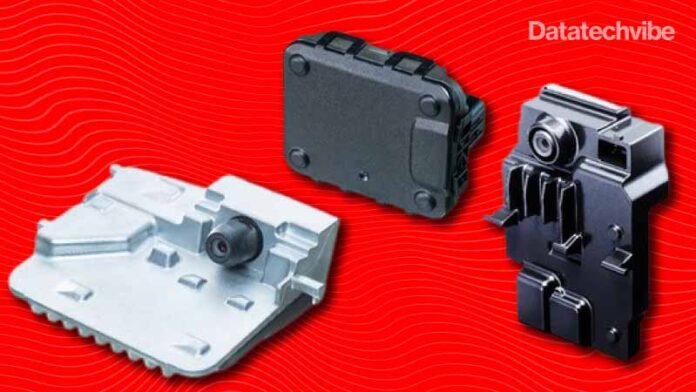The package combines a millimetre-wave radar and vision sensors for excellent vehicle safety.
DENSO, a leading mobility supplier, announced that it has developed Global Safety Package 3, an active safety system designed to improve the safety of vehicles by giving them high sensing capability of their surroundings. This product is used in the Hino Ranger, the Lexus NX, and the Toyota Noah and Voxy, released in August 2021, October 2021, and January 2022, respectively.
The Global Safety Package uses the combined performance of a millimetre-wave radar sensor and vision sensor to assist the driver in controlling the vehicle safely. The millimetre-wave radar sensor detects the shapes of road objects, such as vehicles and guardrails. In contrast, the vision sensor uses a camera to see the environment ahead of the vehicle. DENSO has developed the third generation of the Global Safety Package.
To eliminate road accidents and achieve stress-free mobility, DENSO believes it is essential to improve safety products in vehicles using cutting-edge technology and develop those products at attractive prices to benefit more vehicles. Under this philosophy, DENSO developed Global Safety Package 3 to improve its active safety and driver assistance performance while reducing product size and cost.
Millimetre-wave radar sensor
Product features
With a wider detection angle, more extended detection range, and improved speed resolution, this product helps avoid collisions at intersections, whether with other vehicles or pedestrians. Moreover, thanks to its improved detection capability and reduced size and cost, this radar sensor has fewer installation requirements and can be used in more vehicle types and models.
Points of product improvement
- A wider detection angle and a longer detection range with improvements such as in-antenna design and radio wave transmission efficiency.
- Improved speed resolution by increasing the frequency modulation of radio wave transmissions.
- Reduced size and cost, with the new model using fewer than half the number of parts compared to the previous generation. DENSO achieved this by integrating the antenna and power supply board, simplifying product structure and leveraging multiple-input and multiple-output (MIMO) technology, which allows for a smaller antenna with fewer channels to transmit and receive radio waves.
Vision sensor
Product features
The sensor has a wider horizontal field of view to help with collision avoidance at intersections and a more extended range to detect road objects in front of the vehicle. This assists adaptive cruise control and lane changes over a broader speed range. Moreover, the product uses artificial intelligence (AI) to improve sensing performance and assistance functions, such as headway distance control – the ability to maintain a consistent distance between a preceding vehicle – and traffic sign recognition.
Points of product development
- A high-sensitivity, high-resolution imager with a wider horizontal field of view and longer detection range.
- AI technology to identify drivable areas, preceding vehicles, road signs, and other solid objects based on image data. Vehicles and pedestrians can be detected in all directions, including those ahead, behind, and to the side.
- Reduced product size and cost by taking the following actions: integrating image processing and system control functions, which reduced the number of microcomputers used; adjusting the structural design to control heat emitted from the processor; and reviewing the lens design.
DENSO will continue developing technology for advanced driver assistance to realise safe and flexible mobility for all people, including drivers and pedestrians, worldwide.









